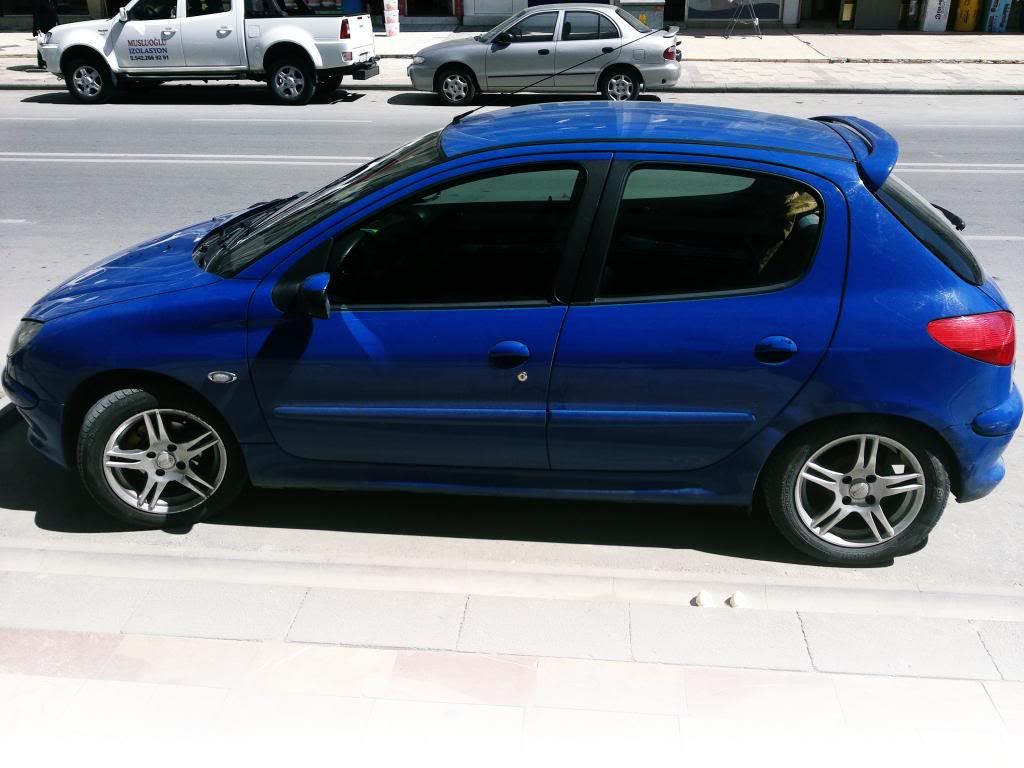Although it seems very complicated at first, we can easily understand this situation. Many people either do not know what these concepts are or do not know incomplete. Even if you do research, you can find mixed or missing information. However, it is very simple to learn. Now let's just look at this issue. POWER and TORQ Generally expressed in units such as hp, ps, kw. The higher the speed at which a certain turning force can be performed, the stronger the vehicle is. This power is not the power of our Turkish people. It is actually torque, that is, the turning force. Whichever gear the vehicle is in, the torque on the wheel can be found from the gear ratio. Of course, the force applied to the wheel is calculated by calculating the wheel radius. Then you might think that power is useless for nothing. In other words, it draws the other one with good torque from two vehicles. This is true if we think the vehicles are not skidding and their gearboxes are the same. But low torque, high power vehicles can attract less power than the vehicle with the appropriate transmission. Let me simply illustrate. Consider two porters. Someone take 50 kg of item in 1 minute. On the other hand, take the 70kg item in 2 minutes. If the items are in a proportion that they can carry (i.e. 50 kg of goods for the first time, 70 kg of goods for the second weight), the 1st porter does more work. 1 kg of porter does 350 kg in 7 minutes, the second porter does 5 times, but 10 minutes. TORQUE AND POWER RELATIONSHIP IN DIESEL AND GASOLINE VEHICLES Diesel vehicles draw attention with their high torque and gasoline vehicles with their high power. Diesel car owners think their vehicles are going better. However, gasoline vehicles are far superior to diesel. It is the thrust force that drives them to the time they are driving the vehicle. Gasoline vehicles with suitable gears and revs give diesel vehicles a superior advantage. But for this, gasoline vehicles must be used at 5000+ revolutions. CAN IT BE COMMENTED ONLY BY TORQUE AND POWER? Although it can be interpreted by looking at high power and torque in general, this does not have a definite result. There are several reasons for this. First of all, the cycle-power band of the vehicle is very important. In other words, it is not the highest power given by the vehicle, it affects the result of the average power band at the time it is used. For example, one of the two vehicles give 80 hp at 4000 rpm and 120 hp at 6000 rpm, and this power increases linearly. Let the other vehicle give you 100 hp at 4000 rpm and 110 hp at 6000 rpm. In this case, when these two vehicles race, 110 hp vehicle will pass. (After 6000 rpm, we thought the power section and the power increased linearly. Of course no. Even light vehicles can be superior to other vehicles up to a certain speed since they will accelerate well. So the lighter, the faster it is. There is also the effect of transmission and other equipment. Not every vehicle is in the power and torque it claims. There is a serious loss reflected on the wheel. In general, automatic transmission, rear wheel drive, 4 × 4 means more loss for the vehicle. In addition, you can increase the efficiency of your vehicle with efficient transmission ratios and this will have a positive effect on performance. Let's make a real-world comparison right now. Astra 1.4 Turbo - Golf 1.4 TSI Performance 140 hp -> 122 hp 0-100 km / h 9.7 s -> 9.5 s Maximum speed 205 km -> 200 km / h As you can see, the 18-hp stronger Astra Golf is passed. Apart from the final speeds on the highway, the reason for Golf's superiority is transmission, case weight and power curve. In general, for vehicles with poor aerodynamics and poor transmission, I can say the more power, the faster the speed.





 Memed8572
Memed8572 tellotello
tellotello Memed8572
Memed8572